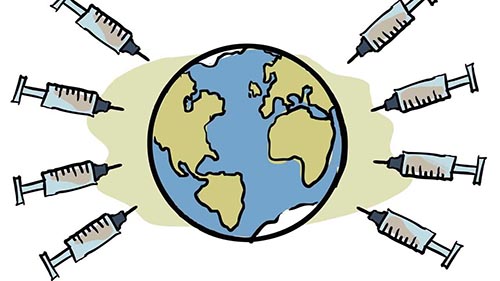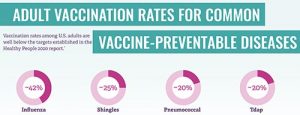A new report from the International Longevity Centre UK found that different types of technologies can play an important role in overcoming some barriers to the introduction of adult vaccination.

The data, bots and drones study was supported by the Sanofi grant form and examine the role of technology that can play in increasing vaccination coverage among adults and the elderly by countering misinformation and false news about the value of vaccinations.
The report highlights the danger of the growing anti-vaccination sentiment and its impact on the spread of immunization in Europe and around the world but notes that the “fightback ” began with scientists and health organizations developing a more experienced online presence and better content to respond to the anti-vaccination movement.
The report calls on European policymakers to develop a special “what works” funding program to ensure that political and financial investments in technology unlock their potential, enact laws to ensure the availability and suitability of products and services for all ages and abilities, and recognize the challenges of demographic change and population ageing.
Jane Barratt, International Federation on Ageing, said: “Applied technology is undoubtedly changing the rules of the game, helping to create an enabling environment that can support important personal decisions about the health of people of all ages and especially older people.”

Examples of how technology can be used include everything from influencers on Instagram dedicated to immunizing adults and encouraging the younger generation to talk to grandparents, to wearable technologies that could measure vital signs and signal when something is abnormal.
Jane continued: “The ILC report highlights important innovations around the world that deserve serious attention in terms of increasing adult vaccination rates and developing a life-long approach to immunization.”




